
Anne Brontë was an English novelist and poet, the youngest member of the Brontë literary family.
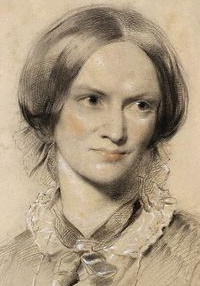
Charlotte Brontë was an English novelist and poet, the eldest of the three Brontë sisters who survived into adulthood and whose novels became classics of English literature. She is best known for her novel Jane Eyre, which she published under the gender neutral pen name Currer Bell. Jane Eyre went on to become a success in publication, and is widely held in high regard in the gothic fiction genre of literature.

Elizabeth Barrett Browning was an English poet of the Victorian era, popular in Britain and the United States during her lifetime and frequently anthologised after her death. Her work received renewed attention following the feminist scholarship of the 1970s and 1980s, and greater recognition of women writers in English.

Emily Jane Brontë was an English novelist and poet who is best known for her only novel, Wuthering Heights, now considered a classic of English literature. She also published a book of poetry with her sisters Charlotte and Anne titled Poems by Currer, Ellis and Acton Bell with her own poems finding regard as poetic genius. Emily was the second-youngest of the four surviving Brontë siblings, between the youngest Anne and her brother Branwell. She published under the pen name Ellis Bell.

The Barretts of Wimpole Street is a 1934 American romantic drama film directed by Sidney Franklin based on the 1930 play of the same title by Rudolf Besier. It depicts the real-life romance between poets Elizabeth Barrett and Robert Browning, despite the opposition of her abusive father Edward Moulton-Barrett. The film was nominated for the Academy Award for Best Picture and Shearer was nominated for the Academy Award for Best Actress. It was written by Ernest Vajda, Claudine West, and Donald Ogden Stewart, from the successful 1930 play The Barretts of Wimpole Street by Rudolf Besier, and starring Katharine Cornell.

Robert Browning was an English poet and playwright whose dramatic monologues put him high among the Victorian poets. He was noted for irony, characterization, dark humour, social commentary, historical settings and challenging vocabulary and syntax.
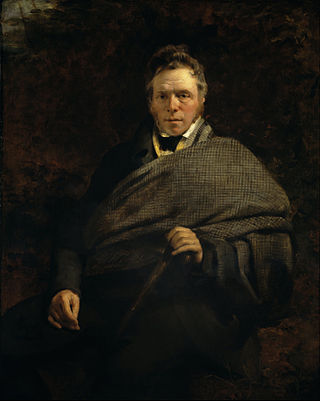
James Hogg was a Scottish poet, novelist and essayist who wrote in both Scots and English. As a young man he worked as a shepherd and farmhand, and was largely self-educated through reading. He was a friend of many of the great writers of his day, including Sir Walter Scott, of whom he later wrote an unauthorised biography. He became widely known as the "Ettrick Shepherd", a nickname under which some of his works were published, and the character name he was given in the widely read series Noctes Ambrosianae, published in Blackwood's Magazine. He is best known today for his novel The Private Memoirs and Confessions of a Justified Sinner. His other works include the long poem The Queen's Wake (1813), his collection of songs Jacobite Relics (1819), and his two novels The Three Perils of Man (1822), and The Three Perils of Woman (1823).

The Brontës were a nineteenth-century literary family, born in the village of Thornton and later associated with the village of Haworth in the West Riding of Yorkshire, England. The sisters, Charlotte (1816–1855), Emily (1818–1848) and Anne (1820–1849), are well-known poets and novelists. Like many contemporary female writers, they published their poems and novels under male pseudonyms: Currer, Ellis, and Acton Bell. Their stories attracted attention for their passion and originality immediately following their publication. Charlotte's Jane Eyre was the first to know success, while Emily's Wuthering Heights, Anne's The Tenant of Wildfell Hall and other works were accepted as masterpieces of literature after their deaths.

Letitia Elizabeth Landon was an English poet and novelist, better known by her initials L.E.L.

Sonnets from the Portuguese, written c. 1845–1846 and published first in 1850, is a collection of 44 love sonnets written by Elizabeth Barrett Browning. The collection was acclaimed and popular during the poet's lifetime and it remains so. Despite what the title implies, the sonnets are entirely Browning's own, and not translated from Portuguese.
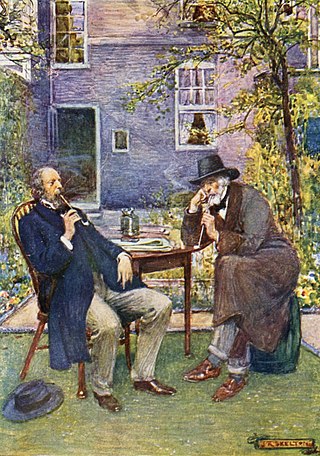
Victorian literature is English literature during the reign of Queen Victoria (1837–1901). The 19th century is considered by some to be the Golden Age of English Literature, especially for British novels. It was in the Victorian era that the novel became the leading literary genre in English. English writing from this era reflects the major transformations in most aspects of English life, from scientific, economic, and technological advances to changes in class structures and the role of religion in society. The number of new novels published each year increased from 100 at the start of the period to 1000 by the end of it. Famous novelists from this period include Charles Dickens, William Makepeace Thackeray, the three Brontë sisters, Elizabeth Gaskell, George Eliot, Thomas Hardy, and Rudyard Kipling.

Lady Flora Elizabeth Rawdon-Hastings was a British aristocrat and lady-in-waiting to Queen Victoria's mother, the Duchess of Kent. Her death in 1839 was the subject of a court scandal that gave the Queen a negative image.
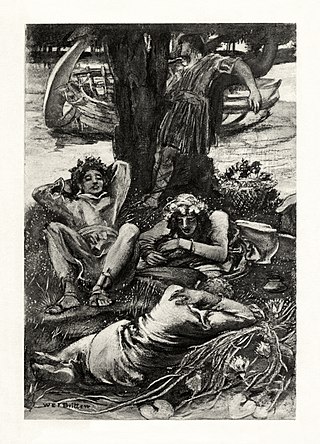
The Lotos-Eaters is a poem by Alfred Tennyson, 1st Baron Tennyson, published in Tennyson's 1832 poetry collection. It was inspired by his trip to Spain with his close friend Arthur Hallam, where they visited the Pyrenees mountains. The poem describes a group of mariners who, upon eating the lotos, are put into an altered state and isolated from the outside world. The title and concept derives from the lotus-eaters in Greek mythology.
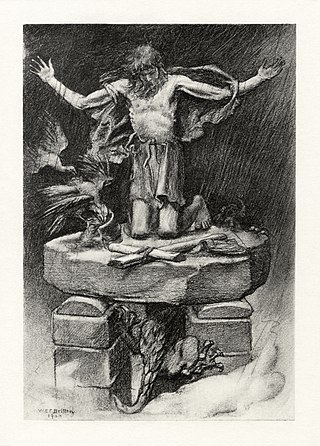
"St Simeon Stylites" is a poem written by Alfred Tennyson in 1833 and published in his 1842 collection of poetry. The poem describes the actions of St. Simeon Stylites, a Christian ascetic saint who recounts his various physical acts in hopes that he has earned his place in heaven. It captures Tennyson's feelings following the death of a close friend, Arthur Hallam, and contains feelings of self-loathing and regret. The work has ironic overtones that give it the appearance of a satirical work.
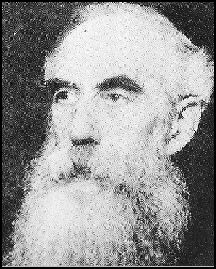
Henry Buxton Forman was a Victorian-era bibliographer and antiquarian bookseller whose literary reputation is based on his bibliographies of Percy Shelley and John Keats. In 1934 he was revealed to have been in a conspiracy with Thomas James Wise (1859–1937) to purvey large quantities of forged first editions of Georgian and Victorian authors.

"The Lost Leader" is an 1845 poem by Robert Browning first published in his book Dramatic Romances and Lyrics. It berates William Wordsworth for what Browning considered his desertion of the liberal cause, and his lapse from his high idealism. More generally, it is an attack on any liberal leader who has deserted his cause. It is one of Browning's "best known, if not actually best, poems".
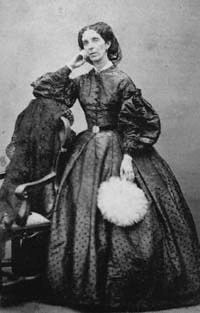
Theodosia Trollope was an English poet, translator, and writer known also for her marriage into the Trollope family. She married and bought a villa in Florence, Italy with her husband, Thomas Adolphus Trollope. Her hospitality made her home the centre of British society in the city. Her writings in support of the Italian nationalists are credited with changing public opinions.

Isa or Isabella Jane Blagden was an English-language novelist, speaker, and poet born in the East Indies or India, who spent much of her life among the English community in Florence. She was notably friendly with the Browning, Bulwer-Lytton and Trollope families.

Charlotte Endymion Porter was an American poet, translator, and literary critic and the cofounder and coeditor of the journal Poet Lore. As the editor or coeditor of editions of the complete works of William Shakespeare, Robert Browning, and Elizabeth Barrett Browning, and as a translator of major writers from around the world for Poet Lore, she was influential in shaping the American literary taste of her day.

The Royal Commission of Inquiry into Children's Employment was established by the UK Parliament. They conducted hundreds of interviews primarily with children, not merely about their working conditions but also as regards what education they received and their day-to-day diet. They published their report in 1842.
Beaming Notes (2015) Barrett Browning, Elizabeth (1842). “The Cry of the Children”.


















